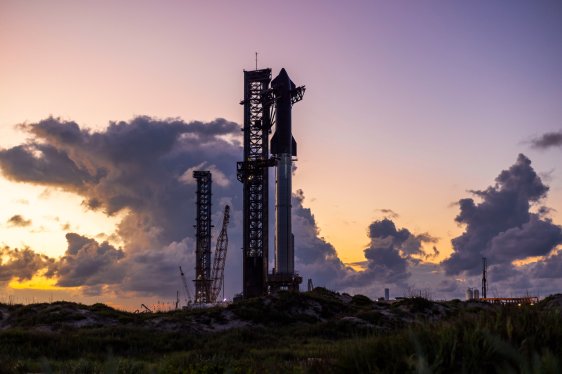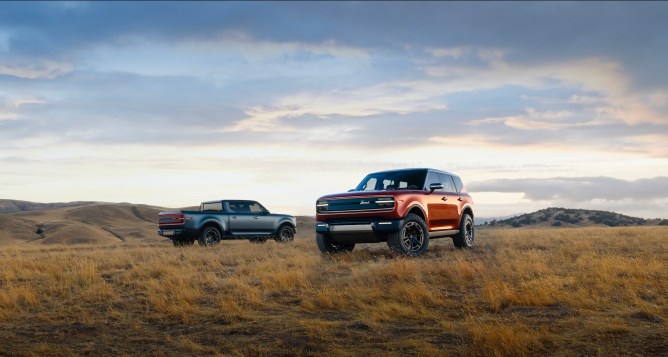In a significant move, SpaceX is gearing up to demonstrate payload deployment for the first time during its next Starship test flight. The upcoming launch will see 10 "simulator" satellites being deployed, which are similar in size and weight to the next-gen V3 satellites planned for deployment using the Starship.
Starlink Payload Simulators: A Key Milestone
The payload simulators, designed to mimic the dimensions and mass of the actual V3 satellites, will travel alongside the upper stage (also known as Starship) on a trajectory that will see them splash down in the Indian Ocean. This test is a crucial step towards SpaceX’s plans to deploy its next-gen satellite constellation using Starship.
The operational version of these satellites, called V3, will likely be the first real payloads Starship flies. By deploying these simulators, SpaceX aims to validate the performance and compatibility of its next-gen satellites with the Starship system.
Why Payload Deployment Matters
Starlink is a critical component of SpaceX’s plans for global satellite connectivity. The network aims to provide high-speed internet access to remote areas around the world. However, with the next-gen V3 satellites expected to be significantly heavier than their predecessors (V2 Mini), SpaceX needed a more efficient and cost-effective solution.
Here lies the significance of Starship: thanks to its impressive payload capacity, SpaceX plans to deploy 60 V3 satellites per launch, adding 60 terabits per second of capacity to the Starlink network. This represents a massive increase in downlink (more than 10 times) and uplink (24 times) capacity compared to the current V2 Mini satellites.
Upgrades to the Rocket
In addition to demonstrating payload deployment, SpaceX’s upcoming test will also showcase several upgrades to the Starship system. These enhancements include:
- Improved propulsion systems for increased efficiency
- Enhanced avionics for better performance and reliability
- Upgraded heat shields for improved thermal protection
These upgrades are designed to boost overall performance and increase the chances of a successful payload deployment.
"Catching" the Super Heavy Booster
For the first time, SpaceX will attempt to "catch" the Super Heavy booster during this test. This feat was accomplished previously during the fifth Starship test in October 2022, marking a significant milestone for the company’s reusability goals.
SpaceX’s Ambitious Plans for Starlink Deployment
By deploying V3 satellites using Starship, SpaceX aims to rapidly expand its satellite constellation and reduce costs per launch. With its impressive payload capacity and next-gen technology, Starship is poised to play a crucial role in the success of the Starlink network.
The Road Ahead
As SpaceX continues to push the boundaries of space exploration and technology, it’s essential to monitor their progress closely. The upcoming test flight will be a critical step towards validating the performance of Starship and its ability to deploy payloads efficiently.
With every successful test, we get closer to seeing the full potential of this revolutionary spacecraft and its applications in space exploration and satellite connectivity.
Conclusion
The next test flight is an essential milestone for SpaceX’s Starship program. By successfully deploying payload simulators and showcasing upgrades to the rocket, the company is one step closer to achieving its ambitious goals for Starlink deployment.
As we continue to follow this exciting development, it’s clear that SpaceX is committed to pushing the limits of space technology and making significant strides towards a more connected world.
About the Author
Aria Alamalhodaei covers the space and defense industries at TechCrunch. With a background in art history from the Courtauld Institute of Art in London and experience covering public utilities and power grids, she brings a unique perspective to her reporting.
You can find her work on MIT’s Undark Magazine, The Verge, and Discover Magazine. Her in-depth analysis provides valuable insights into the intersection of technology and space exploration.
Related Articles
- Apple Brings Store App to Indian Market: Manish Singh
- FAA Had to Divert Flights Because of SpaceX Starship Explosion: Sean O’Kane
- SpaceX Catches Starship Booster a Second Time, Loses Ship to an ‘Anomaly’ in Space: Sean O’Kane
Join the Conversation
Follow Aria Alamalhodaei on Twitter for the latest updates from the space and defense industries.
Stay tuned for more exclusive content on TechCrunch.




